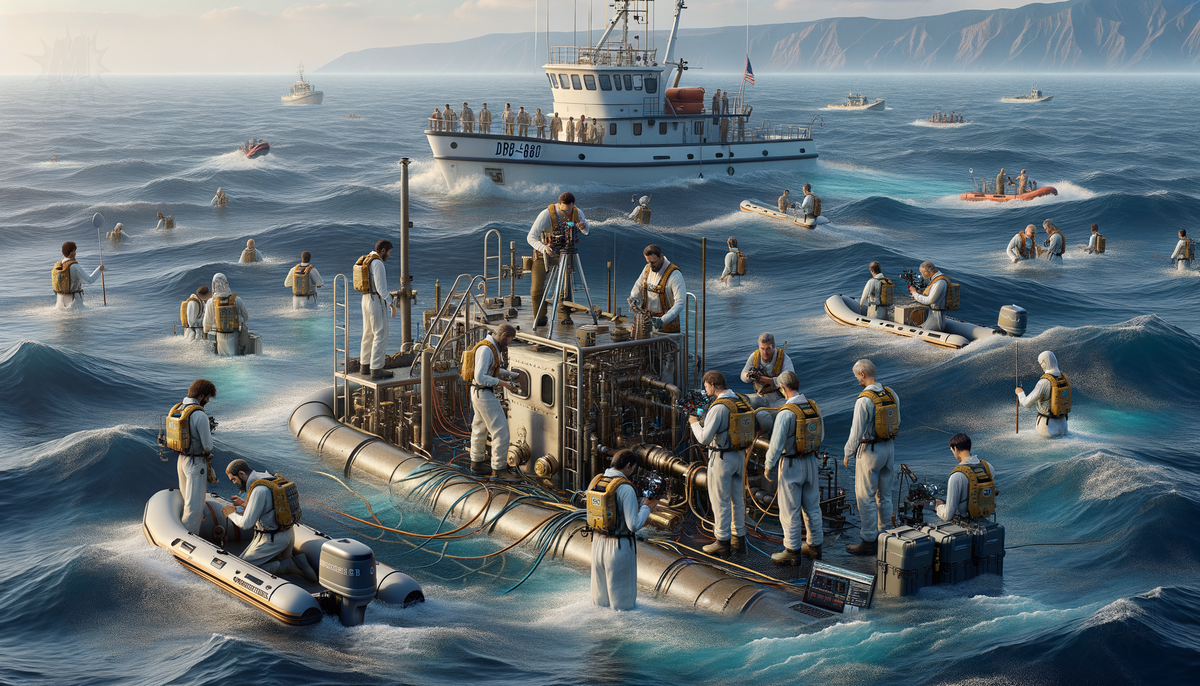Toxic DDT Discovery in Deep-Sea Fish Near LA Alarms Scientists

Research conducted by scientists from Scripps Institution of Oceanography at the University of California San Diego and San Diego State University has revealed that DDT, a pesticide banned over 40 years ago, is persisting in the marine environment off the coast of Southern California. Investigations around Catalina Island, a known DDT dump site from the 1940s and 1950s, have uncovered DDT-related compounds in deep-sea fish and sediment samples.
Chemical analyses have identified 15 different DDT-related compounds in these samples, which are similar to those previously found in local birds and marine mammals. This indicates that the long-banned pesticide is still present in the marine ecosystem and may be entering the food web, potentially affecting wildlife and human health. The extent of contamination is substantial, with DDT-related chemicals detected across an area of the seafloor larger than the city of San Francisco.
The Environmental Protection Agency (EPA) designated the area as an underwater Superfund site in 1996. Following legal action, the Montrose Chemical Corporation, the manufacturer responsible for the DDT dumping, was ordered to pay $140 million in environmental damages in 2000. Despite these measures, researchers are now focused on assessing the current impact and spread of the contamination. There is ongoing work to establish a chemical fingerprint unique to the contamination from Dumpsite 2 and other offshore dump sites to differentiate them from other potential sources.




